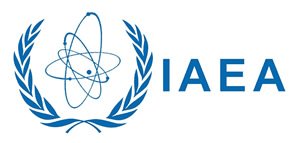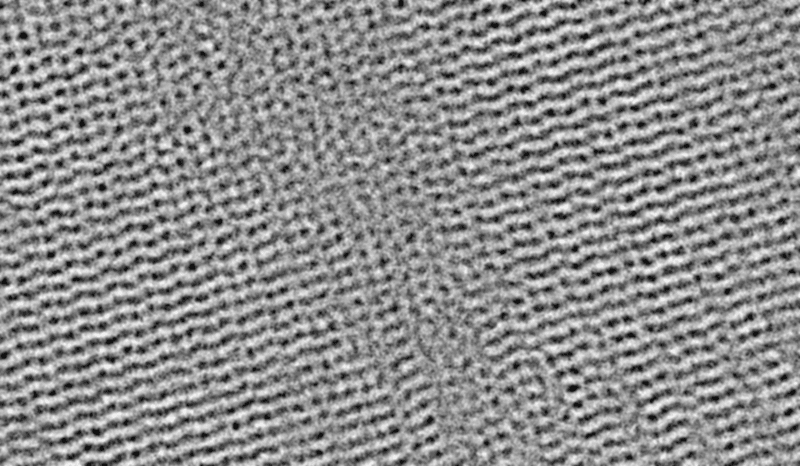RSS feed source: International Atomic Energy Association--Nuclear & Radiological Events
Radiactive Waste Facility Taken Over
Print View Posted on: 19 March 2025
Event Date: 02 March 2025 Event Type: Radiation Waste Facility Event Location: Mexico, Temascalapa, Mexico State, Mexico INES Rating: 0 (Final)
On Sunday March the 2nd, 2025, at approximately 6:30 AM (UTC-06:00), personnel from the municipality of Temascalapa forcibly took over the Low and Medium Level Radioactive Waste Storage Center (CADER), property of the National Institute of Nuclear Research (ININ), evicting the personnel who were at the facility and subsequently placing seals of closure at the entrances. The video surveillance and environmental radiation monitoring systems that CADER has were disabled and there was no way to know the status inside the Center.
Negotiations took place out between personnel from the government of the State of Mexico and the Municipality of Temascalapa, without reaching agreements so far.
In addition to the radioactive material and depleted uranium that are kept in the facility, work tools from a foreign company were also retained inside it.
Federal Authorities were working to regain control of the facility. The source term of the facility is estimated at approximately 1,041.55 TBq of Co-60 and its surface area is
Click this link to continue reading the article on the source website.


